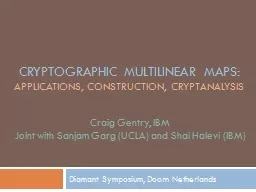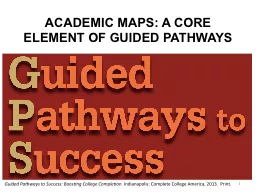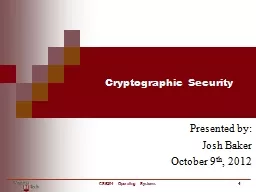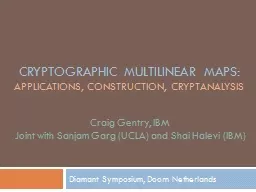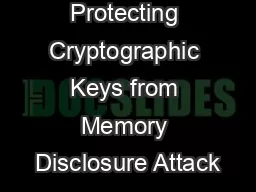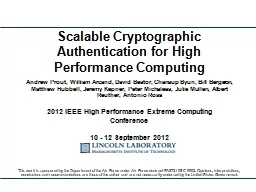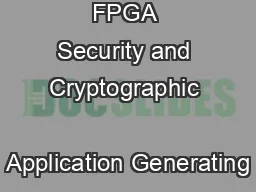PPT-Cryptographic Multilinear Maps:
Author : danika-pritchard | Published Date : 2016-04-24
Applications construction Cryptanalysis Diamant Symposium Doorn Netherlands Craig Gentry IBM Joint with Sanjam Garg UCLA and Shai Halevi IBM Weil and Tate Pairings
Presentation Embed Code
Download Presentation
Download Presentation The PPT/PDF document "Cryptographic Multilinear Maps:" is the property of its rightful owner. Permission is granted to download and print the materials on this website for personal, non-commercial use only, and to display it on your personal computer provided you do not modify the materials and that you retain all copyright notices contained in the materials. By downloading content from our website, you accept the terms of this agreement.
Cryptographic Multilinear Maps:: Transcript
Download Rules Of Document
"Cryptographic Multilinear Maps:"The content belongs to its owner. You may download and print it for personal use, without modification, and keep all copyright notices. By downloading, you agree to these terms.
Related Documents

